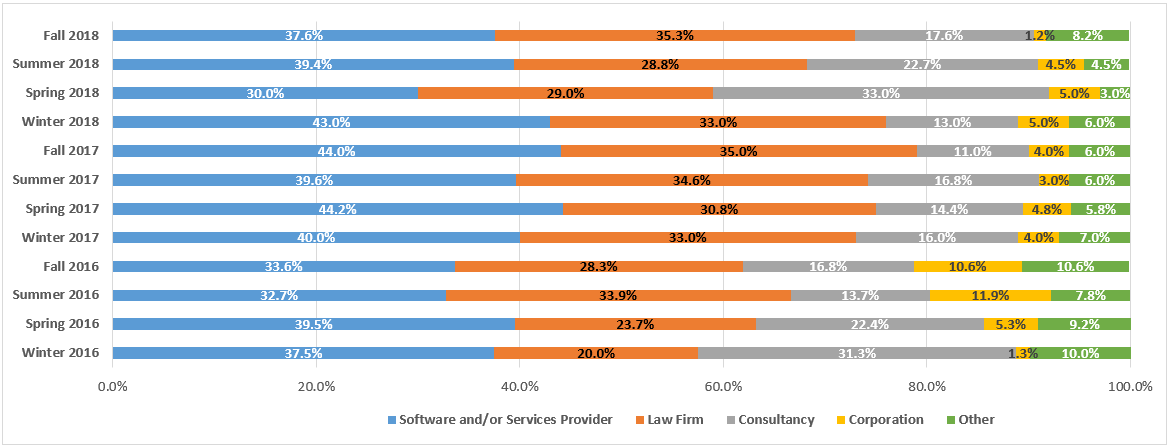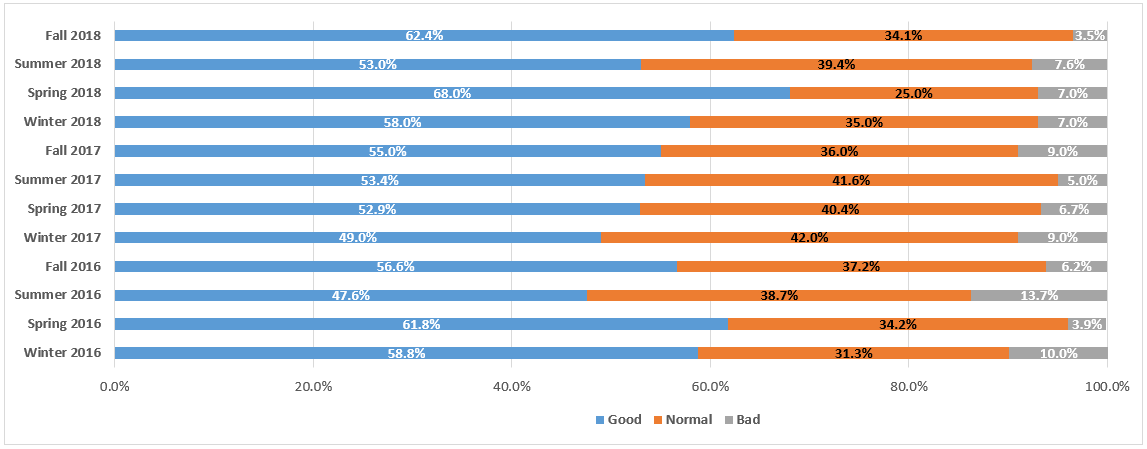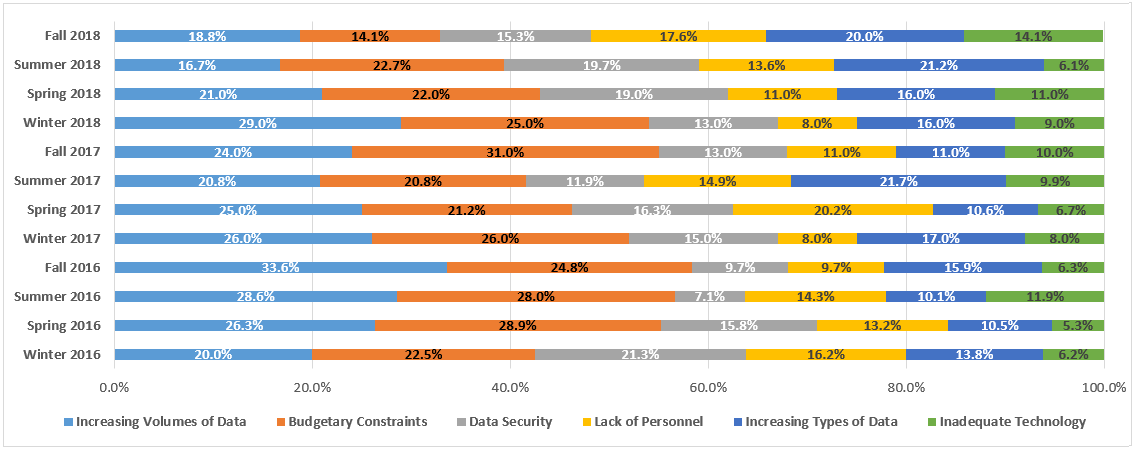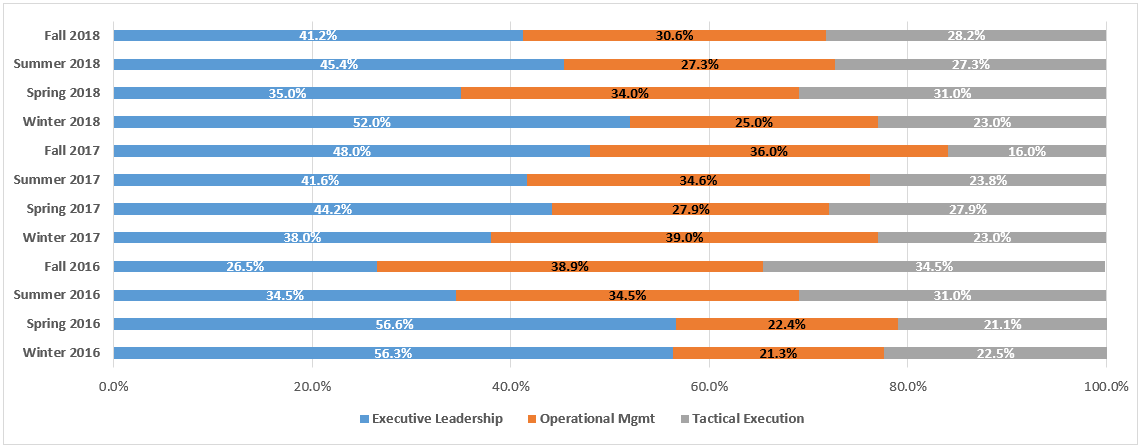Results of the Microsoft Office 365 eDiscovery Challenge Survey: eDiscovery Trends
Remember the Microsoft Office 365 eDiscovery Challenge Survey that Tom O’Connor and Don Swanson were conducting? The results are in!
The results were published on Bob Ambrogi’s LawSites blog last week. The survey was conducted over seven weeks using both an online SurveyMonkey tool and telephone interviews. Tom and Don received a total of 75 survey responses from corporations, government agencies and law firms, with the estimated breakdown of respondents mostly being from corporate legal (69 percent of the total respondents). Law firms were a distant second at 20 percent, followed by government respondents at 10 percent. Vendors constituted just 1 percent of the responses. 1 percent!
Of all respondents, approximately 30 percent were attorneys. The remainder were litigation support professionals, paralegals and IT staff.
As for the questions, here are some notable results:
What was your first reaction to Microsoft offering eDiscovery features within Office 365?: Nearly two-thirds of respondents said their initial reaction was either very positive and promising (37 percent), or somewhat positive (29 percent). Thirteen percent of respondents did not know that O365 offered eDiscovery functionality.
Does your organization run Microsoft Office 365? Version?: Just over 3/4 of respondents said they were running O365, with version E3 (G3) the leader at 32 percent. 22 percent did not know what version they use. Only 7 percent had no plans to move to O365.
Which EDRM activities can be/have been performed within Office 365 eDiscovery? (check all that apply): Generally, the phases on the left side of the EDRM model were considered to be the most likely to be performed within O365, with Preservation the leader at 73 percent, closely followed by Identification at 72 percent. However, only 46 percent and 41 percent of respondents (respectively) had actually used it in those phases. 40 percent of respondents had never used any of O365’s eDiscovery capabilities.
Are Microsoft Office 365’s eDiscovery features helpful?: Over 4 out of 5 respondents indicated that they would definitely need (53 percent) or probably need (29 percent) O365’s eDiscovery capabilities. Only two percent of respondents indicated that they probably don’t need or definitely don’t need O365’s eDiscovery capabilities (1 percent each).
Click here for a complete set of results on Bob’s blog. In early 2019, Tom and Don will be publishing their findings and observations.
So, what do you think? Are you surprised by any of the finding? As always, please share any comments you might have or if you’d like to know more about a particular topic.

Sponsor: This blog is sponsored by CloudNine, which is a data and legal discovery technology company with proven expertise in simplifying and automating the discovery of data for audits, investigations, and litigation. Used by legal and business customers worldwide including more than 50 of the top 250 Am Law firms and many of the world’s leading corporations, CloudNine’s eDiscovery automation software and services help customers gain insight and intelligence on electronic data.
Disclaimer: The views represented herein are exclusively the views of the author, and do not necessarily represent the views held by CloudNine. eDiscovery Daily is made available by CloudNine solely for educational purposes to provide general information about general eDiscovery principles and not to provide specific legal advice applicable to any particular circumstance. eDiscovery Daily should not be used as a substitute for competent legal advice from a lawyer you have retained and who has agreed to represent you.













